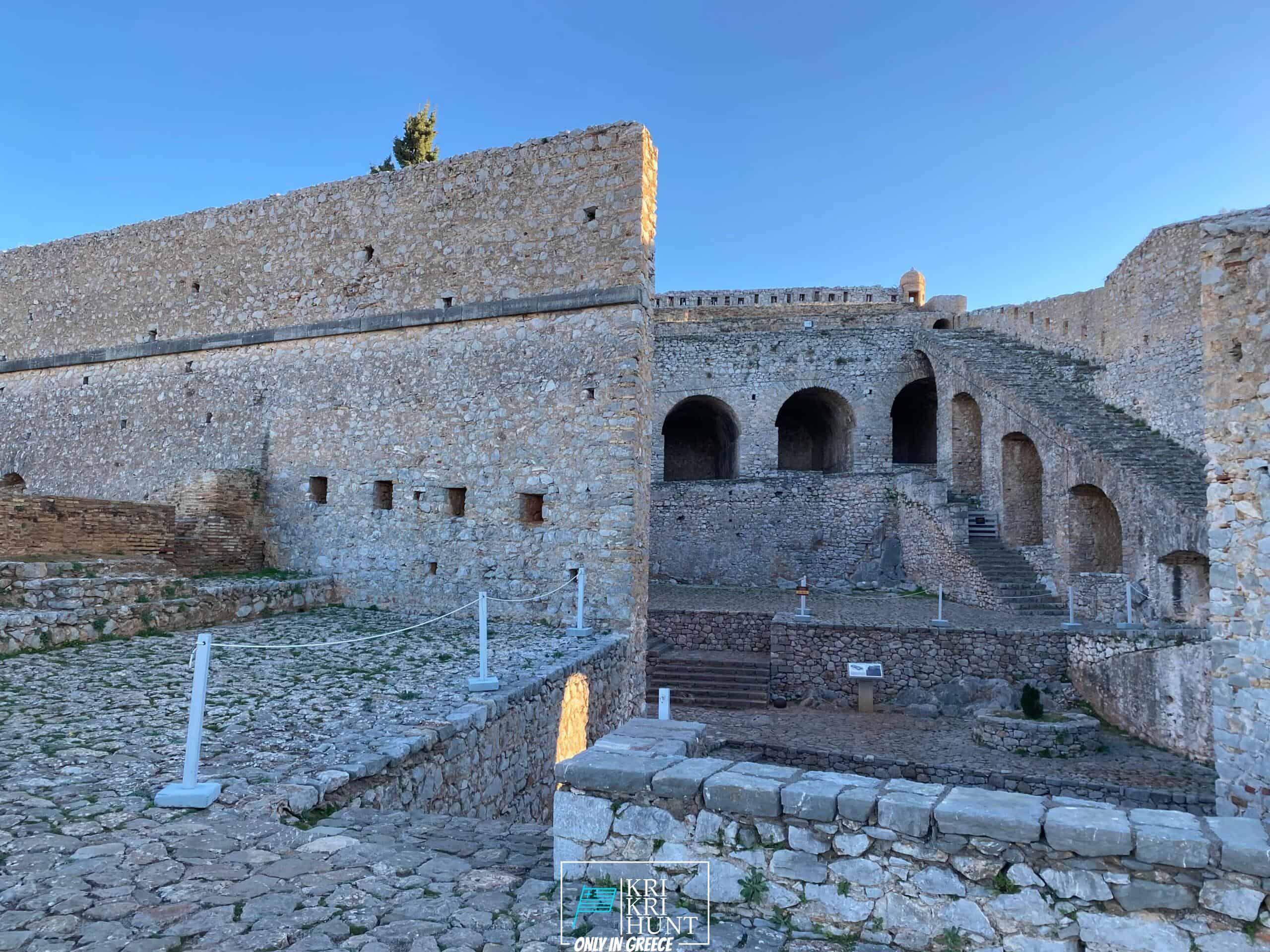
To many people, The Peloponnese peninsula on the Greek Mainland is the 'real' Greece, where points have not altered much in any way over the centuries despite the fact that many people have actually found it. This is a location where you can conveniently invest a month, however if you are short promptly after that our exterior hunting, Fishing, totally free diving as well as visiting Peloponnese Tours from Methoni is a wonderful option. Join us as we check out all that this historic and also stunning area needs to use!

This Ibex is not a small type of the Bezoar Ibex, which has actually moved to the western side of its variety. The kri-kri (Capra aegagrus cretica), additionally referred to as the Cretan goat, Agrimi, or Cretan Ibex, is a wild goat native to the Eastern Mediterranean. The kri-kri (Capra aegagrus cretica), a feral goat living in the East Mediterranean, was once believed to be a subspecies of wild goat. The kri-kri has a light brownish layer with a darker neck band. Their 2 sweeping horns climb from their head. The kri-kri is a timid and careful pet in the wild, resting during the day. They can jump long distances or climb relatively large cliffs.
On our Peloponnese excursions, you'll get to experience all that this amazing region needs to offer. We'll take you on a trip of several of the most historic and attractive sites in all of Greece, consisting of ancient ruins, castles, and also much more. You'll also get to experience some of the typical Greek society direct by taking pleasure in some of the delicious food and also a glass of wine that the area is recognized for. And certainly, no journey to Peloponnese would be full without a dip in the shimmering Mediterranean Sea! Whether you're a seasoned seeker searching for a new adventure or a newbie vacationer simply aiming to explore Greece's spectacular landscape, our Peloponnese trips are perfect for you. So what are you waiting for? Book your trip today!
There is really something for everybody in the Peloponnese peninsula. Whether you want background and also culture or nature and also outside activities, this is a suitable location for your next getaway. If you are short promptly, our searching and touring Peloponnese Tours from Methoni is a terrific way to see everything this spectacular location needs to offer.And last but not least, your Kri Kri ibex prize is waiting on you.
What is the diference between Kri Kri ibex, Bezoar ibex and hybrid ibex
The kri-kri is not thought to be indigenous to Crete, most likely having been imported to the island during the time of the Minoan civilization. Nevertheless, it is found nowhere else and is therefore endemic to Crete. It was common throughout the Aegean but the peaks of the 8,000 ft (2,400 m) White Mountains of Western Crete are their last strongholds–particularly a series of almost vertical 3,000 ft (900 m) cliffs called ‘the Untrodden’—at the head of the Samaria Gorge. This mountain range, which hosts another 14 endemic animal species, is protected as a UNESCO Biosphere Reserve. In total, their range extends to the White Mountains, the Samaria National Forest and the islets of Dia, Thodorou, and Agii Pandes.
This Ibex is NOT a diminutive form of the Bezoar Ibex, which has migrated into the western-most reach of the range of this species. The kri – kri (Capra aegagrus cretica), sometimes called the Cretan goat, Agrimi, or Cretan Ibex, is a feral goat inhabiting the Eastern Mediterranean, previously considered a subspecies of wild goat. The kri-kri has a light brownish coat with a darker band around its neck. It has two horns that sweep back from the head. In the wild they are shy and avoid tourists, resting during the day. The animal can leap some distance or climb seemingly sheer cliffs.
“The agrimi goat Capra aegagrus cretica is unique to Crete and its offshore islands. It has been identi®ed as a sub-species of the wild bezoar goat Capra aegagrus aegagrus Erxleben, 1777, which it closely resembles in horn shape, body form and coloration. This classi®cation has been disputed by some researchers who claim that the agrimi are feral goats, derived from early domestic stock brought to the island by the ®rst Neolithic settlers. In order to clarify this issue, DNA analyses (cytochrome b and D loop sequences) were carried out on tissue of live and skeletonized agrimi and compared to sequences of wild and domestic caprines. Results conclusively show the agrimi to be a feral animal, that clades with domestic goats (Capra hircus) rather than with wild Asiatic bezoar. This study demonstrates that morphometric criteria do not necessarily re¯ect genetic af®nities, and that the taxonomic classi®cation of agrimi should be revised.”